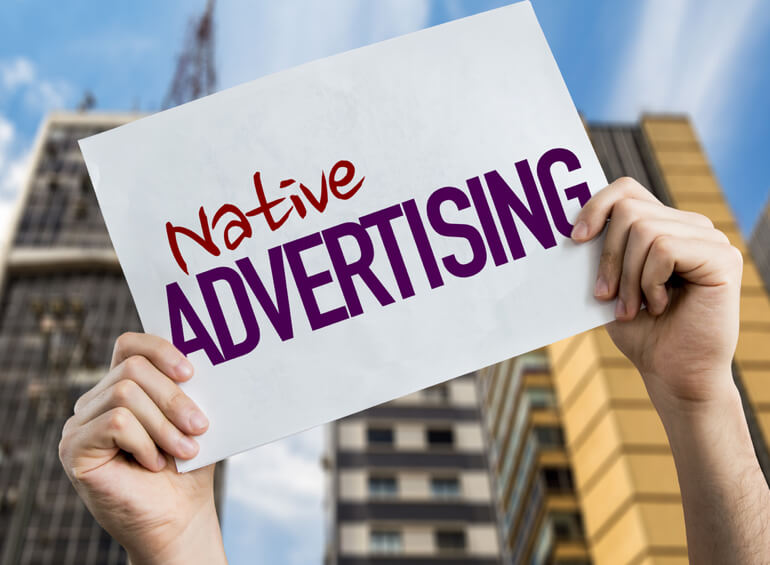More marketers are devoting more dollars to native advertising than ever before: an estimated $17.3 billion by the end of this year (or about 62% more than they spent just a few years ago), according to the Association of National Advertisers. The reason is simple. Native advertising works—if you know how to use it.
Native Advertising Basics
Simply put, native advertising packages paid content so it naturally blends in with the online content that surrounds it (but not so much that the viewer doesn’t recognize it as a paid placement). While what constitutes a native ad sometimes depends on whom you ask (or when you ask it), the Interactive Advertising Board recognizes six basic types:
- In-feed units, which feature sponsored content that mimics the look and feel of a site’s editorial.
- Recommendation widgets that offer “you may also like” suggestions and link back to the sponsor’s site.
- Promoted listings and paid search ads, which bump a featured product to the top of a category or search results page.
- In-ad with native elements that fit within a standard banner but contain information that’s related to the article in which they appear.
- Custom ads that don’t really fit any specific contextual category, e.g., an ad for an orthopedic group that appears with your Pandora workout playlist.
Best Practices
Regardless of the format, what makes native advertising work—for both advertisers and consumers—is its inherent ability to make the online experience more enriching and less disruptive. Here are few simple steps to help you make the most of yours:
- Start with WHO. It’s the foundation of all good marketing, not just native. Know which consumers are going to what sites—and why—and tailor your content accordingly.
- Engage your targets with relevant content. That means delivering content that not only adds value to their lives but also resonates with them, from the language and tone you use to the photos you select. If your ad doesn’t sound like them (or like what else they’re reading) or look like them, it will do little to engage them.
- Be transparent. It’s not only required by the FTC, research shows it drives better results. According to Yahoo, brands that aren’t transparent enough are less likely to see results so strike the right balance.
- Make engagement worth the effort. Drive them to a landing page or site that delivers meaningful information—and does so in the same style and tone that attracted them in the first place.
- Optimize, optimize, optimize. Test different creative concepts, visuals, headlines—and keep looking for (and tweaking) those that work the best.
With click-through rates on traditional banner ads continuing to decline and the use of ad blockers on the rise, there’s no better time to consider moving some (or more) of your digital dollars to native advertising. Just make sure you’re giving it the strategic thinking, attention and tracking it deserves.
Austin Williams is a fully integrated advertising and new york digital marketing agency, our in-house services include research, brand identity, campaign development, media planning and buying, website development, digital marketing, content creation and public relations. We are a financial advertising agency, healthcare marketing agency, higher education marketing agency, and professional services marketing agency.










